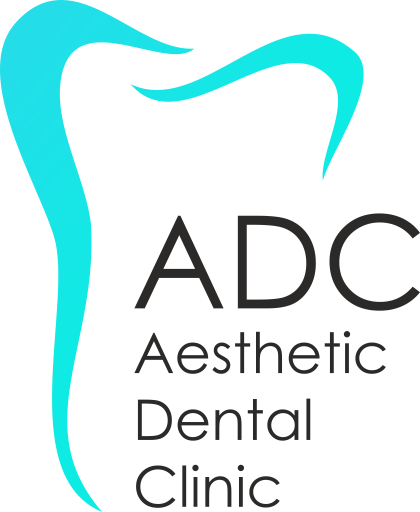Contents
Overdentures
The problem
Teeth missing can lead to many problems, such as problems with phonetics, chewing, and aesthetics.
When all teeth are missing we need a total denture which will fill the gap of missing teeth.
However, if we have 2-4 teeth in our mouth we can use them for greater stability. What is done is to endodontically treat the existing teeth, cut them to the root, adhere spherical buttons into the remaining roots, so that the whole denture can go up on them.
And in the absence of teeth we can support Overdentures on implants.
What is an Overdenture
Overdentures are total dentures that restore the missing teeth and with better support, the dentures can be mounted either on properly prepared teeth or on implants.
Overdentures have many advantages besides the extra retention. Some of these advantages are the comfort of chewing, as it does not move, aesthetic effect because it is possible to reduce the ends, the patient is better accustomed to the denture because it is not bulky and does not move, preventing the absorption of jaws where the teeth or implants exist (natural teeth or implants), and finally is the most economical solution to implant restorations.
Dentures without palate are the Overdentures.
The Treatment Procedure
A complete denture that is aesthetically and functionally perfect will require a series of sessions as well as full doctor-patient collaboration.
1st session
We take the impressions from the desired jaw and send them to the dental technician to prepare the main impressions that are unique to each patient.
In the same session we place the implants or properly prepare the teeth that will become abutments.
2nd session
On the individual impression plates we get once again the imprints on which the final total denture will be made.
3rd session
Our dental technician has prepared the base of the denture and added wax to the tooth position instead of teeth,
On top of that we make our measurements for the aesthetic and functional part.
4th session
Instead of wax we have teeth, so we try the aesthetic and functional part and if all goes well we send it to the dental technician who prepares our final denture.
5th session
The whole denture is ready, which the patient tests to see if its application is convenient. As long as the patient is comfortable with the whole denture, he can apply it directly to his mouth and start getting used to it.
Post-treatment stage
During the first few days of total denture application, the patient should have the Overdenture as many hours as possible in his mouth to be able to get used to the speech, chewing of food and generally the daily movements he needs to make.
After a short period of time the patient will become fully accustomed to their new denture (adjustment time).
The result
The feel of a denture that has abutments is much superior to a denture that is not supported somewhere.
The patient will finally be able to smile after this injection of confidence, be able to eat, articulate his speech properly, not cover his mouth when smiling because he will no longer feel bad about the condition of his mouth.
However, as organisms change over time, so do the jaw bones, so every 2-3 years the patient will have to go to the dentist to see if everything is OK, sometimes he or she may feel a change in his or her denture on the mouth, which is perfectly normal as mentioned above. Whenever the patient feels something different, they can go to the dentist directly and have a checkup.
If some adjustments are needed then we will need to have the denture refilled where we add or remove a part of the denture so that it fits perfectly with the jaw anatomy.
The feel of an artificial denture based on dental implants or natural teeth is vastly improved over a simple artificial overdenture, offering smaller construction size, greater comfort, confidence and a better quality of life.




